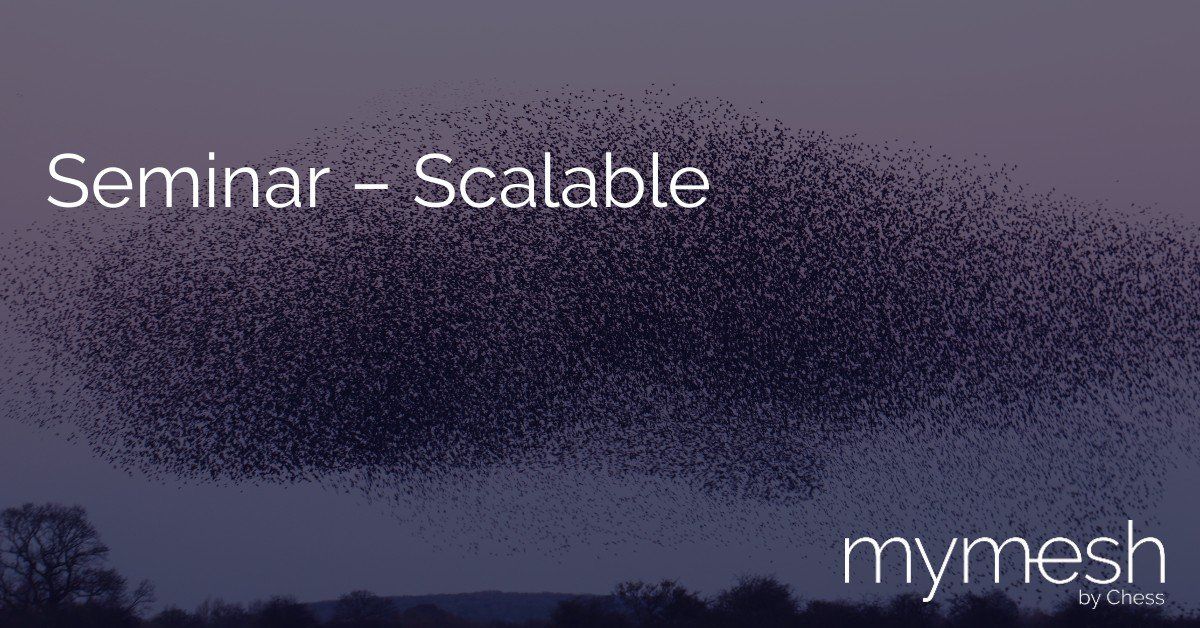The
Mymesh
Philosophy
Why Business leaders choose Mymesh
We present a series of seminars to explain the working of Mymesh wireless technology in a concise way. Available to everyone, but mainly targeted at end-users and integrators that want to work with Mymesh to create a Smart installation, from lighting control, emergency lighting monitoring to creating the Smart Building of the future.
Explore where Mymesh is used
Quick Starter Seminar
The Power of Mymesh
Mymesh is a wireless control system to create Smart Buildings. Many Business leaders already made that choice, and there are many more still to follow. Why is Mymesh the smart choice?
Mymesh addresses the key concerns that are associated with large installations. This comes down to the four pillars of our technology:
Secure
Scalable
Robust
About the network
The Power of Off
Power is data - Data is power
Your lighting network has more sensors than you might expect. Motion, temperature, and daylight are -in most cases- measured to great detail. Unfortunately, almost all this data gets lost as it is often only gathered on a device-specific location. When you combine all this data on a large scale, something amazing happens; You start to really to see valuable patterns that drastically improve the way your property is being used.
Lumitel was specifically designed to centralise all this precious data. The dashboard enables the user to monitor, analyse and control their building/property within a desktop environment. All data is visualised in clear graphs in order to make the right calls at the right moment. Mymesh also offers an advanced REST-API to software developers who create their own management system.











